Career / Cathy
9 years ago by
Growing up, the only part-time job I was okay with having was one in retail. I was totally fashion obsessed and retail was the closest I was getting to the industry. The day after I turned 16 I started an after school job at The Limited Too. After that, I worked at a small kids clothing store, and in college I spent two years working at Rugby and then a small men’s store. I learned to have a tremendous amount of respect for people who work retail, and even more for the people who turned retail jobs from high school or college into full blown careers in fashion.
Enter Cathy, who worked at Prada with Elle. She’s the Visual Director at Warby Parker, which means she’s in charge of how all of Warby Parker’s physical spaces (stores, offices, showrooms) look. She’s had one of those retail careers that really inspires a new store associate. She’s worked on the floor in sales and transformed her creative energy into a career with some of the world’s most popular brands. She’s worked at Kiehl’s, The Gap, The North Face, Gucci, Opening Ceremony, Cole Haan, Prada and now Warby Parker — literally the most successful retail brands of today. I hope you enjoy her windy, wavy, and inspiring story!
What did you want to be when you were growing up?
So, when I was younger I wanted to be an artist and the inspiration there was Bob Ross. I just loved that his art looked like magic to me. What he was saying and how he’d show you how he painted it.
And then when he broke it down, this is how you make the snow, and the mountain caps, use this special fan brush, I would be like, ‘I can totally do that!’ This is like a magic trick I can totally do! I thought it was such a cool thing.
As I got older, I definitely had my head in the clouds – I want to be a writer, I want to be an artist. I think there was a moment where I want to be a vet. I loved animals, dogs, cats, horses.
Where did you grow up?
I grew up out of the US. My parents, so my real dad was – when my parents met – he was a Marine. And then he worked for Air America. He helped evacuate Vietnam. He got my mom, the whole family out. So when I grew up, me and my mom and my dad were in Saudi Arabia. I’m just starting there because that’s when I remember my mom teaching English, she was really multi-lingual and could speak lots of languages so she was teaching, she was doing admin stuff. My dad, from what I understood, made schedules for airplanes. Then my parents split up, my mom didn’t like Saudi Arabia, imagine that, and she and my dad weren’t getting along. When we came back to the states she went to beauty school and became a hairdresser.
Were you born here?
I was born in Singapore. But I was a US citizen because my dad was from Richmond, Virginia. When we came back to the states, my mom re-married and she married an electrical engineer. When I was in school and studying my mom was really set in her mind that she didn’t want me to ever have a job where I’d just stand on my feet all day. And my step-dad was like, math math math math math, is how you make money. Or science. Or engineering. Or blah blah blah. And I put it all together and thought, I’ll be a technical writer.
It’s just about asking for help, you know what I mean? Do it, all the stuff that people don’t want to do, you do it. And that’s how people want to keep helping you.
What did you go to school for?
I was trying to major in biology and English and writing, and I was failing left and right. I went to UC Santa Cruz. It was the one UC that accepted me. I went to school to be a science writer I guess and just failed every math requirement constantly! The one class I finally passed was oceanography. It was because I was an Orange County surfer, so I totally cared about the ocean and stuff. Biology was the most organic of the sciences that I could relate to. Finally I got to a point when I was 23 and my step-dad was like ‘you’re 23, you’re single, you don’t have a diploma – do something.’ So I was like can I drop all this science stuff and get out of here?
I picked up creative writing, made a bunch of stuff, got out of school, and headed to San Francisco. Everyone was telling me, Silicon Valley, this is where the money’s at. So I became a web producer, can you believe that? I was coding websites. First I worked for MacWorld and that was my first, real, adult job and I was writing shareware reviews which today would be like apps. I was managing this shopping site that they were trying to dabble in and stuff.
Then I went to a thing called Tech TV. I started writing short little blurbs and headlines on the stock market every morning, it was so weird! But, alright, I’m a web producer! This is totally a marriage of something tech and something creative and writing.
How did you learn the coding, or the tech piece of it?
Kind of self-taught, kind of people showing me what it all means. I really just learned from people and friends. I feel really fortunate about my path in life in general – it’s just about asking for help, you know what I mean? Do it, all the stuff that people don’t want to do, you do it. And that’s how people want to keep helping you.
So how did you go from tech to retail?
I did that and the big dot com bomb happened when I was at Tech TV and I got laid off with everyone else. I remember there being a time when I didn’t know anyone who had a job, we were all unemployed.
A lot of my friends and peers were collecting unemployment and I was like I can’t, I just can’t. There’s no way. So I thought, I’ll go work retail. There are jobs. It’s not work we all want to do, but there are jobs. I went and I applied for The Gap, I applied for American Rag, I applied for Diesel, I applied for Kiehl’s, and I was that friend who had 30 part-time jobs. I remember when I was applying for The Gap, I was in line with former tech company CEOs with an application. It was such a real experience, a real moment in time in San Francisco.
I was a Gap greeter for a while. I was in American Rag; I used to outfit the Traina sisters, in Juicy Couture and Paper Denim and Seven Jeans. When it came to what made me such a good salesperson, because I was really strong at sales, was one simple thing – learn your client’s name! Instead of knocking on the dressing room door like, hey you ok in there? Be like – ‘Hey Emily, can I get you another size or anything?’ Just that little thing. Let them know you have a friend on the other side of the dressing room just here to help. You don’t have to run out here naked.
But I really liked my job at Kiehl’s the most, so the moment they had a full-time position, I quit all the other jobs and just worked there full-time.
I did that for a while, and then because I was that person who was picking up any odd job, I had a friend of a friend who had a partner who was the visual merchandiser at Gucci downtown. They called because his assistant broke his hand and asked, ‘can you help him install this window display for the day?’ I thought cash, great, awesome. So I went to help this guy, I’d never picked up a paintbrush in my life, didn’t know anything about tools. That was to this day, one of the hardest window installs I’ve ever done.
I did that and this guy Vince was really cool and he liked me, and kept me on for three years. I was working at Kiehl’s and also part-timing at Gucci helping Vince with displays and visuals at the store. Again it was that thing where, I didn’t realize, I was his apprentice. I had no idea it was happening. And the only other person I know who’s done something like this, by the way, was Humberto Leon. Because he used to work at Old Navy, which is Gap Inc as well, back then I remember he moved on and went to Burberry and he was someone I fully admired. The thought was, this is so cool, I’m kind of doing the same thing as Humberto…
He really made me take all my creativity, and try this, c’mon kid, gimme some more money with that. He really groomed me to be more business oriented with how I told a story.
How did you end up at The Gap?
When I was at Kiehl’s, I had a really strong client book. I was making these huge gift baskets for my client, who I found out was the creative director of The Gap. That’s Todd Barket, who owns Unionmade now which I love. We were talking and I said, ‘oh you know, I do the windows at Gucci sometimes if you ever need help with windows, let me know.’ And he was like ‘oh great, give me your info. I’ll let you know if my team needs any freelance help.’ So they brought me on as freelance. So now I’m at Kiehl’s, working at Gucci, working at The Gap, just doing it, and it was that kind of thing where it’s like wow, I really love these parts of my work and wish I could do it more and more…and it just kept going.
Eventually I got hired at The Gap and that was my intro to 900 plus stores. This is a machine. This is retail bootcamp. It was a little marginalizing. I was in charge of windows for GapBody Women’s and I think, Men’s, sometimes? But it was very much this is what you do.
One thing maybe people who don’t know so much about retail understand is that everything’s broken down into regions, so there’s like regional managers, regional merchandisers and visual teams that deal with all of that. So this is more when you’re getting to the national and international level.
Totally. And it was cool because I started at Gucci doing the hands-on installation of all these windows, getting a directive from Italy and reading through it and making it happen. So at The Gap, I was part of team that put together what the window looked like. It was about how does that look, ok now how do we communicate to the graphic designers so they can build the book so that the teams in all the retail stores can understand what our vision is, what the messaging is. It was really awesome working there. Then I was let go and that was a really hard time for me.
But when I left, it was at the same time I was doing all this other art stuff on the side for myself, video art stuff. But when I was at The Gap, I met a really awesome gentleman. His name is Eric Samuel Green and he is, to this day, my life mentor in work and work-life balance, as he calls it.
What kind of art were you doing?
When I got to San Francisco I met this band of film school graduates from Art Institute in San Francisco, they all worked at the independent movie theater Opera Plaza, and they were showing movies at this pub called Edinburgh Castle and it was like this Korean guy running a Scottish pub that had trivia Tuesdays, and there’s the room upstairs from the bar and DJs would rent it out and have a themed dance party or whatever. And Monday nights it was dark so he gave the kids who worked at the movie theater them room, he was like ‘you want to show movies in here and eat popcorn, go for it.’ So it started as, we were watching Videodrome and Quadrophenia and cheesy movies, Crybaby, whatever, to “hey we should show each other our senior projects.”
And that turned into, ‘hey I’m working on this project, you want to see it?’ And then we just started screening videos to each other. I just kind of came along, and that’s when my friend Jose was like, are you going to make something for us to watch or what? So we just started making movies for each other. And it totally turned into a thing, where we started creating theme nights. It was this messy, fun, no submission, no auditioning, just if you bring a tape, bring a tape and bring a DVD and we’ll play it. And we’ll all have to sit through this. We were just in it together.
What did you do after The Gap?
So after I left Gap I was back at Kiehl’s, and doing art, and Eric called me up and was like, ‘hey girl what are you doing’, and I was like ‘oh you know, working at Kiehl’s, selling lip balms again, making art.’ He said, ‘I need you to come to The North Face and start a window program.’ He was the visual director there at this point. So I went to North Face and that was the first time I ever had a serious cross-functional business partnerships and I met amazing people there. It was completely different. It definitely wasn’t fashion-y.
I went from Gap, where you have people looking at trends, looking at fashion, what’s fun, exciting, popular out there even though they’re speaking to the masses. But then I go to The North Face, which is straight up outdoor apparel and equipment. It was like an old boys club and soccer dads and fantasy football playing bros. But it was awesome because I wasn’t in such a big machine, I was working more closely with the VP of retail, retail directors, merchandisers, designers and that’s where I really learned how to establish relationships with all my business partners. The guy who was the VP of retail…was like a total football coach kind of guy, and he taught me so much.
I’d put something in the window, and he’s like what is this. I’d be like it’s the new blah blah blah trail shoe, he’s like, all right how many colors does it come in. It comes in three colors, it’s great … He’s like, ‘what’s the pronation on the shoe?’ 25 percent. He’s like, ‘a shoe with 25 percent and you’re taking the hottest real estate in the store?! What else you got? What’s the price point?’ He really made me take all my creativity, and try this, c’mon kid, gimme some more money with that. He really groomed me to be more business oriented with how I told a story.
I did a lot at The North Face, I was there like three years, maybe more.
Were you managing a team of people there?
I co-managed, because there was me, and my partner Peggy – she really did the merchandising of product and stuff and I was really mannequins, windows, graphics, all the propping. So we worked together and had a team of fifteen, twelve to fifteen visual merchandisers in the field.
What was it like to switch from being someone who was taking directive to being the person who was giving directive to a team and having to manage?
I always just said, what would Eric do? How did I learn things from Eric and I think a lot of it is just being a really empathetic leader. Something I’ve always believed in is…when we’re making stuff or creating an idea…. I’m like ok, but seriously guys do you think the staff wants to do this?
I try to think of it as if I’m in that store, how easy is this for me? Or I have to think about a skill-set that’s in the store. Especially at a place like Warby, it’s not as visually fluent. There’s not apparel, there’s not mannequins, it’s eyewear. So I’m not going to think of these crazy things that hang from the ceilings. And it has to stick to the aesthetics of the brand, just being very nice and clean and simple.
Something else I will say is I don’t want it to get too precious with the glasses. I don’t want people to not touch them and try them on. But as far as leading people, giving them the direction, I just think about – if someone’s never done visuals before and opened my book, could they figure it out? This is just me personally but I don’t like directives that have too many words. Because if someone’s doing visuals in the store, they’re probably a visual person, personality wise.
When it comes to making hard decisions, and let’s face it job decisions are hard decisions, this is what I’ve learned personally: the bottom line’s not always the best. Do not solely make your decision based on the money.
How did you end up moving to New York?
I was in New York and talking to Humberto, because when I would come to New York I would love to go to Opening Ceremony, always visit it and always call Humberto and ask him, hey do you want to get coffee or noodles or whatever, this was back when he was not nearly as busy as he is now! So we would hang.
One time I called and said hey I’m in New York, setting up some stuff, do you want to hang out? He was like ‘I can’t, I’m in LA, but do you want to come to New York to do visuals?’ And I was like, we should have a coffee first.
I moved to New York to work for Opening Ceremony, they brought me on as the visual director and as a buyer, which I had never done before. And I’ll be honest, I was really bad at it. It was really hard and I lasted three fashion weeks and just was like wow, I’m not good at this.
How did that work?
I struggled with using both sides of my brain at the same time, for hours and hours and hours. It was a small team. When I was there, it was me and there was a guy in the store, Chris, who was helping doing visuals. And then buying, it was a really small buying team, I got there and there was just one other girl and then they hired another girl. There was like three of us. And then, funny thing is – our intern was Kate (Foley).
But after three fashion weeks, basically about a year, I was like I’m not doing a good job, I want to get out. It was a very amicable departure.
Coincidentally, Eric arrived in New York – my mentor – he was at the helm of visuals for Cole Haan, so he asked me to help with the stores here.
And from there you went to Prada.
I was at Cole Haan for a while, I was doing really well, and I remember having this conversation with Eric, we were just having dinner, and he said, ‘sweetie, I think it’s time you dusted off your resume and portfolio.’ And I’m like why? I’m good. He’s like ‘I know you’re good but I think you should just have conversations with people. I don’t want you to get burnt out and then desperately leave.’ This was something he told me: ‘the next job you take, I want you to choose it. I think it’s time you actually choose what you do next. Just go out and talk, just practice for me, will you please?’ And I was like, all right.
Then a friend told me someone at Miu Miu was looking for a visual manager, and asked if she could give her my info. I heard Eric’s voice, ‘just go out and talk to people’ so I went out and I interviewed with HR for Miu Miu, which is part of Prada. I had a really candid conversation, probably for the first time, and I realized how liberating it was to just be myself, honestly, and just be like hey, this is who I am. By this time I was 37.
I talked to them and the woman there asked me my influences, what I thought of Prada, Miu Miu, and then it was weird, the conversation shifted, and the conversation shifted a lot more to Prada, and I got really confused. If we’re talking about Prada I actually have to think about this.
Then they brought in Alessandro, who was VP of visuals at Prada, and I loved interviewing with him. He was like, ‘look if you want to go home at six and talk to your family, this is not the place for you.’ I just said look, I’m a hard worker, I can work long hours, I can work weird hours. If someone’s yelling at me, I’m going to cry, just want to put that out there. But if that doesn’t discourage anyone, hire me, yell at me, watch me cry.
We were both just super honest and it was just a really good conversation, feeling like I’m not going to try to make myself sound different, make myself sound like what I think Prada is. I’m not that Prada girl, I don’t have a Saffiano bag, but I’ve loved Prada since the 90s, I think Mrs. Prada’s amazing, I love her story, I love her company, I love what she does, the fashion.
So I left Cole Haan to work for Prada.
Loving what you do versus loving what you get credit for is so different.
This is your first time, besides Gucci, that you’re working for a luxury fashion brand.
I had a moment where I was like, Cathy do you really want to do this, do you really want to get into fashion? I mean, this is as fashion as it gets. I was divided, because Prada was up there on my moodboard, 24/7, it was a pinnacle for me. But at the same time you know what the fashion world’s like. You know what fashion week’s like, what the calendar’s like. Do you want to put yourself through that, all over again? Do you want the mean girls? And I was just like, ohh, but it’s for Mrs. Prada! And I did it.
I have to tell you, everything I thought about what it was going to be, was not true. On the outside Prada is big, but on the inside, it’s like you’re in a little Italian village. Something I really respect about working for Prada, when they say all hands on deck, they mean it. All hands on deck. Alessandro, VP, on a ladder, moving lights with me at six in the morning. We are all working. There is no job at Prada you sit behind a desk and make decisions and don’t get your hands dirty. Everyone works so hard but at the same time it’s like oh it’s a disaster, we have so much to do, but first we take lunch. It’s so Italian. But everyone working so hard and upholding a standard.
What was your title there?
There I was visual merchandiser and I managed Men’s. It was one of those moments where I was like, wait I’ve been a director and manager and now I’m going to be a visual merchandiser?
I will tell you, and I’ve told everyone this, when it comes to making hard decisions, and let’s face it job decisions are hard decisions, this is what I’ve learned personally: the bottom line’s not always the best. Do not solely make your decision based on the money. Just don’t do that. As for titles and everything, it really doesn’t matter. If you go in and interview for a job, you want to know what experience you’re going to get. What are you going to do, what are you going to learn? What are you going to impact? What is important to the company? What is the company’s goal? And how can you influence it or contribute to it.
It’s just not about a title. It’s not about a paycheck. If you work really hard on stuff that you like to do… I feel like someone said, if you would do it for free, then you should do it. Let’s face it, when I was working at Gucci it was pretty much free. There were days when I was making $3 an hour. I was doing it because it was cool and I got to play with this runway dress. Or I got to hot glue gun a thousand butterflies onto a backdrop.
I always tell people, if you really like to do it. And I think people get confused, with “I like to do it”, versus “I like having the credit of having done it.” It’s totally different. Loving what you do versus loving what you get credit for is so different. So I knew when I took the job at Prada, when I got my title and got my package, that felt fine. The title’s a bit weird but who cares?
There were some days at Prada where I would spend six hours folding shirts. I’m not even kidding. I can put out a banging shirt wall. But one day I’m folding shirts for six hours, another day I’m installing an exhibit for the Gatsby costumes. And that’s what Prada is. The same people who put together the Met Gala exhibit, or the Gatsby costumes, or the whatever insane fashion week installation we had going at Broadway, they’re the same people folding the shirts. That’s one of the reasons why you have to love the standards.
Being in the NY office, how close were you working with everyone in Italy? Were you more responsible for what was happening in the Americas?
Milan was the headquarters of course and they would send us the directive and all their pictures and photos and stuff. And then we would take it, compare it to the American buy and create it to the best of our ability with what we had. The execution was still amazing. And we would communicate it to our West Coast partners.
You were at Prada for a bit, and then you came here, to Warby Parker.
Warby Parker called like, ‘Hey, can we talk to you?’ I thought, sure, if you need help with visuals let me tell you what kind of person you should find! They came back like ok, well what about you? And I thought no, I’m good I’m good, everything’s good. It was a really hard decision to leave Prada.
But here’s what happened. I was setting up a big, luxurious, private event for Prada and I was having my espresso and I was looking out from the crazy hotel suite onto Central Park and I started to go through Instagram. I saw that my friends has taken their son to Africa to do these art clinics and their son was seven years old. My friend was posting all of these pictures of them playing soccer with their kids in the village, them doing art, and just bonding with this community all away across the world. It totally choked me up. I got really jealous. Here I am, in this presidential suite, at this crazy hotel, surrounded by millions and millions worth of merchandise. And I just want to go do that.
The more and more I heard about Warby, the more and more I talked to Warby, the more and more I met people, I started to really understand the brand beyond whatever thing you might see in an article. It’s way more elaborate than that. It’s way more empowering, it’s a way bigger system. I was just like, you know what, Mrs. Prada doesn’t need my help.
At this point Warby had been around for a few years…
When I came on board they were turning four. So they had the showroom, the office, and stores at Greene Street, Washington, and Boston. They had five stores, if you count the showrooms.
And the more I learned about Warby I thought, here’s a company that is creating a role that hasn’t existed before. They have hardly any stores and they definitely want to go into a retail business. I could totally impact, influence, and help build so much. My role could be so impactful to the brand and it spoke to my hippie California kid heart. Just think about the business you are impacting and all these other communities out there in a really positive way. Honestly I was so scared from remembering start up days and all that stuff, but something I like to say now is that we are not a start up. We have over 20 stores. We are not a start up and we have to stop saying that.
What was the status when you got here in terms of a team?
Zero.
So you were hire number one in that department?
Yeah. I think they realized how there was a disconnect from what was happening in creative and what it looked like in a store. Who should decide where to put this or how should it look? I look at visual merchandising, and visual in general, it’s kind of this hub that connects marketing with merchandising and retail and even ops sometimes. Sometimes it’s about how to tell our message or how to tell our story and sometimes there’s an awkward process that goes on and it looks terrible what can we do to make it look better. How do we create a more fun and inviting experience in this space whether it’s a showroom, or a office or our stores.
When we come up with ideas like that and I see people playing with it, it makes me so happy and so excited. Without trying, when I find people really engaging and sharing whatever it is we’ve done it makes me happy.
So now how big is the team working with you?
I just hired our third team member. So I was the only one in visuals, so a leader of one. Then everyone made the joke when I hired my first member like ‘hey I heard visuals has doubled in size this year! You guys have grown so fast!’ Last year I hired a visual coordinator and she actually came from CX, Lauren. CX is our customer experience team that mans the phones lines and email and chat and helps everyone with their orders or solves problems. That’s another thing that’s really cool about being at Warby, there are so many people here eager to learn, so smart, and hard working and there isn’t a whole lot of sass or attitude.
Lauren was my first team member and recently I just hired Lucas, who is my visual manager and he comes from Tom Ford Beauty. He was someone who was recommended to me by another vendor of mine this John Valdivia who is actually at Kenzo now. We are a small knit family in the industry. So Lucas is great and what I’m really excited about is having more people help me keep up with making our process scalable. When I started I was hand making props to send out to stores. But after being here a year and creating a budget and budgeting it in, it’s awesome. Now I’m in a place where I can make it scalable and work closely with my vendors.
You’re also in an exciting place specifically because opening more retail spaces for Warby is such a big business initiative that’s happening right now. So it’s a pivotal position.
I’m really excited about that. It’s just happening so fast. If you were to ask me what my biggest challenge is here, it’s so much so fast. You go out and you build something but you can’t just let the things that you built fall apart.
It’s nice because now I have a team of people who ,as I’m launching more and more stores, are helping keep the other stores looking beautiful and helping them when things are breaking, falling apart, or not working because it’s very hard. Also gathering all the information from the existing stores and to help me think about how to rework it for the new stores.
Do you feel like there’s a lot of strategy that’s going into setting the visuals and everything?
I would say that our stores in particular might have our base elements and ideas about them, but they are all quite different. They are all really unique and we don’t want a fleet of cookie cutter stores. We want them to feel special to the location or the neighborhood they are in.
But overall when we are creating, let’s say for a product, can we create the story and then resize it to fit all the shapes and sizes of our stores? Sometimes unfortunately this is only going to work for this store and sometimes we have stores where you want to do something because it makes more sense. It’s constantly thinking about creating things that can work in multiple places always and never being too narrowly focused.
What makes you the most excited about what you are doing here?
Just seeing people engaged with it. I love looking at the hashtag for whatever location and seeing if people are into it. For Miami we had a photo-booth that we had mounted on the ceiling because we didn’t have room for a photo-booth. What do we do? We just walk in and buy glasses that’s so boring. I thought “Wait! If it’s kind of like a pool idea and I’m floating wouldn’t it be fun if the picture was taken from above? Is that possible?” So when we come up with ideas like that and I see people playing with it, it makes me so happy and so excited. Without trying, when I find people really engaging and sharing whatever it is we’ve done it makes me happy.
I think visuals are really about being empathetic to other people, who’s experiencing it and who’s installing it and who is communicating it. The more you help people the more people are going to help you.
What would you say an average day is like for you?
That’s so hard because sometimes I’m here and sometimes I’m not. When I’m in the office it’s getting here, having a breakfast snack, answer as many emails, call as many vendors, and get statuses on everything. That’s big for me. Even if something is ordered and done it’s like let’s get a photo or what does this look like? I don’t like silence and I don’t like it when the radios go dead.
Then I go through all the projects and want to know what’s happening and then I’m in a lot of meetings. The days I’m not in meetings, and it’s pretty much just reviewing upcoming projects, playing with stuff and looking at materials and collaborating with other people. We might be a small visual team but we definitely draw creativity from everyone which is what I love about working at Warby. I just walk around the office and ask people’s opinions. The truth is I get my ideas from everyone around me and I’m inspired by our retail staff.
When I think about our new stores, I think I’m building a home for this team of 18 people to live in for the predominant hours of their day. Is this a fun place for them to be in? Are they going to be excited to share this stuff and talk about this art with all of their house guests? That’s how I approach it and I think that’s how I get my ideas from is hearing how people interact with it and thinking “oh I want to do that this time but do it differently!”
How do you deal with work life balance?
Right now it’s more about work life integration. But honestly it’s about keeping in mind when you need a break and what kind of break it is. Sometimes I just need a break or I’m not creative. It doesn’t mean you’re days are done it just means a coffee and a nap. I need some boredom in my life.
I know this sounds crazy but sometimes I have to go work on something that has nothing to do with Warby. This is like a nerdy passion of mine. Me and my wife play music and my niche geek nerd thing is I really love guitar effect pedals. It’s kind of what I do when I get home to zen out is I just sit in front of a pedal board with my guitar and just drone out the day. It’s the boutique guitar pedal market, and I know this sounds silly, but I get a lot of inspiration from it. The way they use social media and the way that they market themselves. That’s what draws me overall when it’s just genuine work that’s trying to inspire people and is inspiring in itself.
What would your advice be for someone who is working in visuals and visual merchandising?
Show interest and do the work. I’m going to take what I think would be the common place to find yourself in, and where you would discover it, because that how I discovered it. You are in a store and you see a visual team walk in and you say “it’s cool what they are doing, how do I do that?” Take it upon yourself and you do it. It’s everything from dust bunnies in the window and thinking “I’m going to clean it out now and not wait for cleaning day to do it.” You just own it in every little way.
As you grow into steps it goes back to the empathetic thing. I think visuals are really about being empathetic to other people, who’s experiencing it and who’s installing it and who is communicating it. The more you help people the more people are going to help you. If you sit there and complain and expect things, no one wants you on their team and no one wants to work for you. But if you are that person that tries to make things look better and tries to make this easier, cleaner, more organized and communicate it that shows an interest without just talking about it.
What’s your dream for the future of your career?
I just don’t know! I feel like I say that I get to the dream scenario and I’m like, it’s just another beautiful day! I don’t know if it’s just me but I remember being so young and thinking “it would be so cool to work for Prada. I can’t even imagine.” Or it would be so cool to work on window displays. Then you do it and there is no magic sauce. It’s just doing it and it’s a lot more work and a lot more time and a lot more thought. Learning is an exciting time and I swear it catches up to you. You just do it and if you don’t know how to do it and there’s no one to tell you how to do it then you just try. Do it and mess it up and don’t be afraid to mess it up. I tell my team that all the time, if you get to a place where you are stuck just try something. I will be much happier with you trying it and making a mistake then being like I’m not going to finish this project because I don’t know how to. Finish it wrong, please.
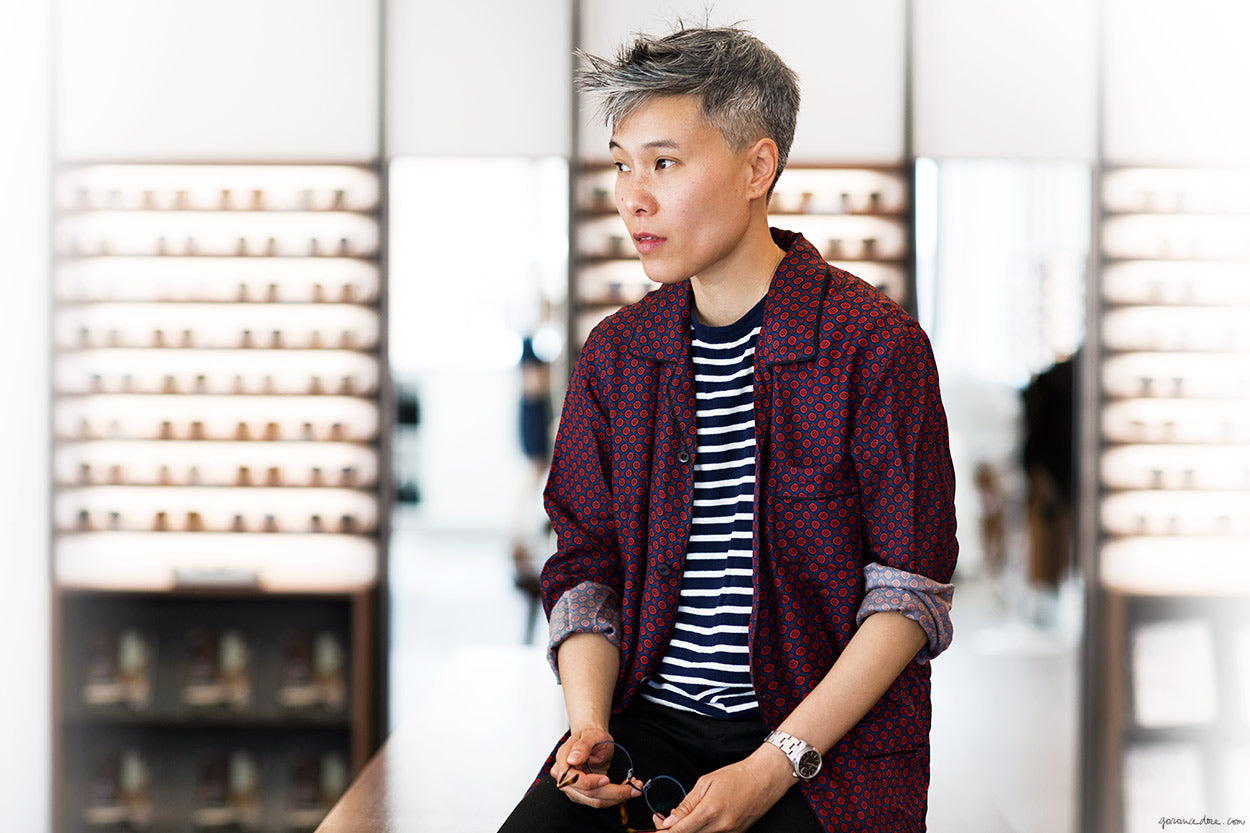









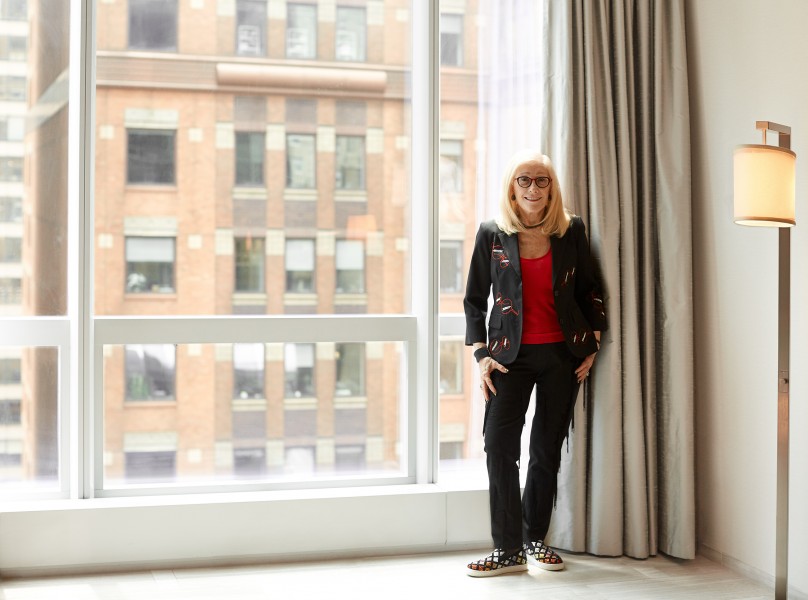

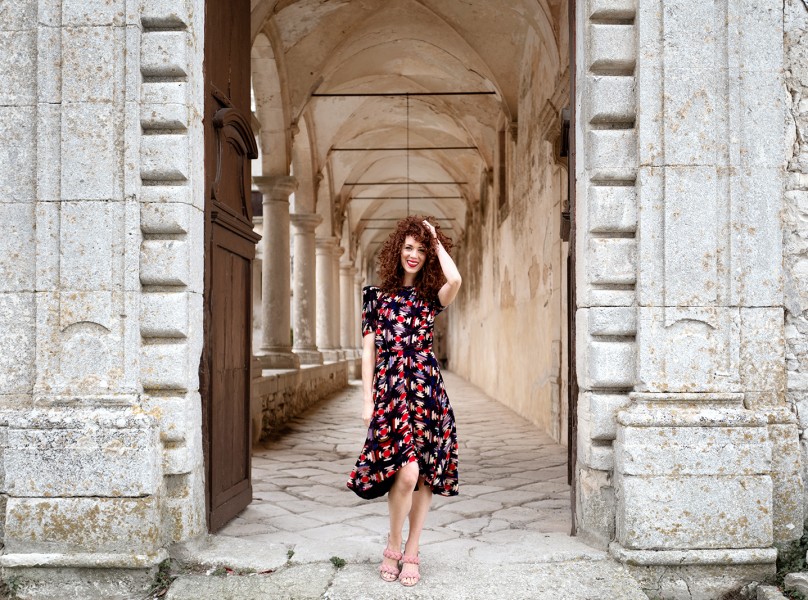











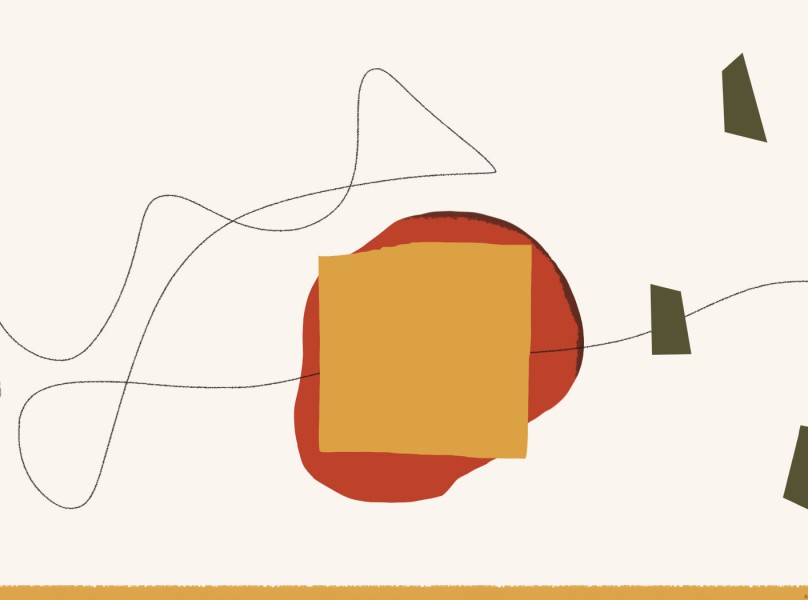
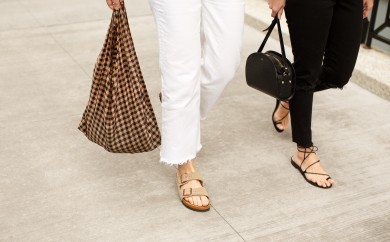
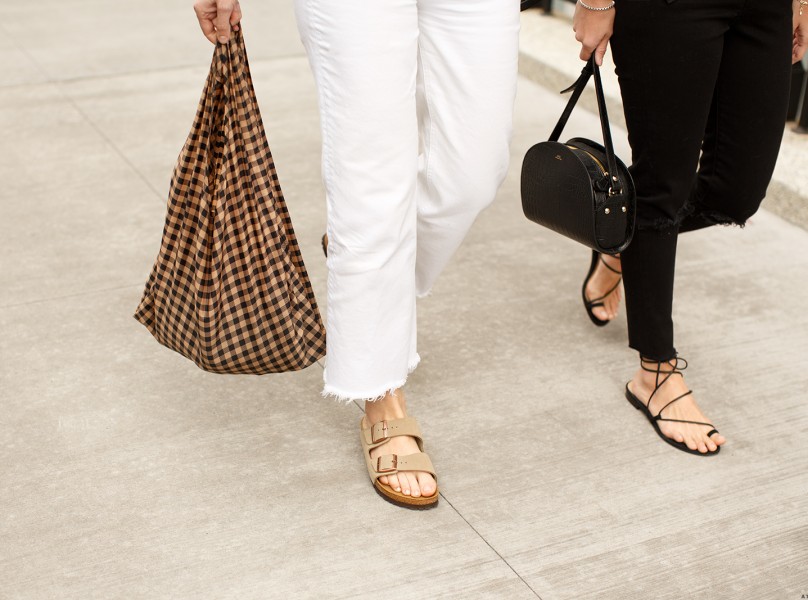
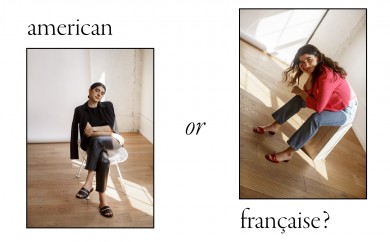
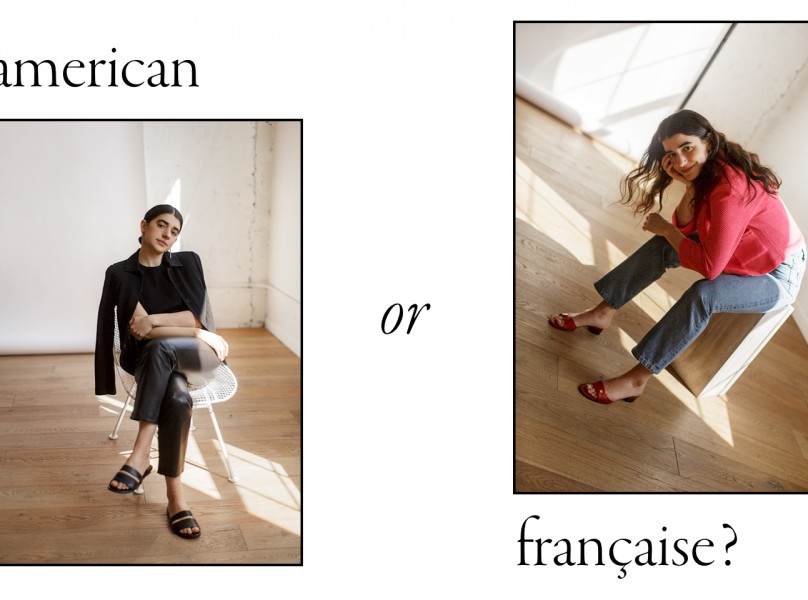
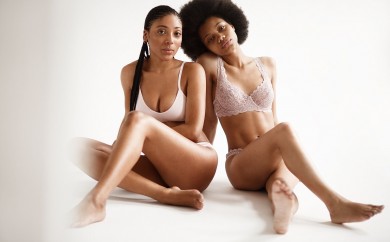
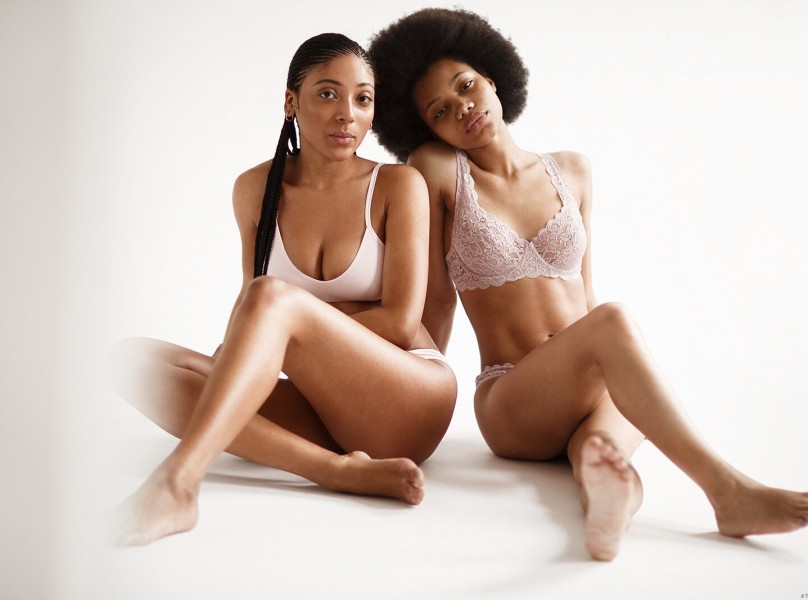
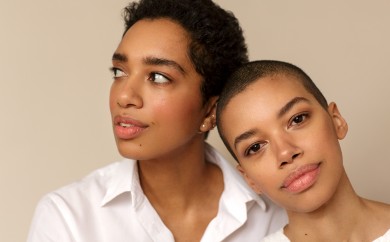
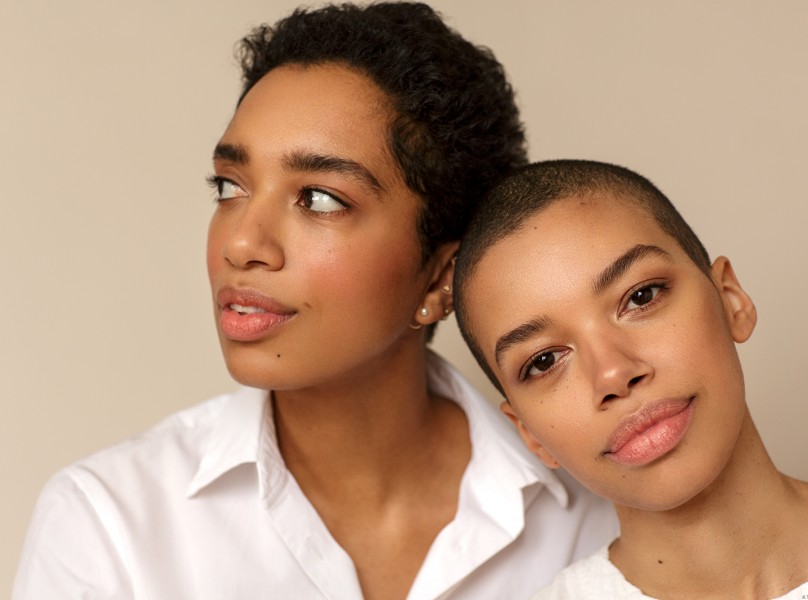
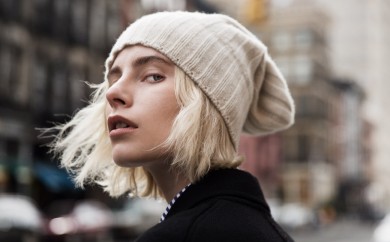
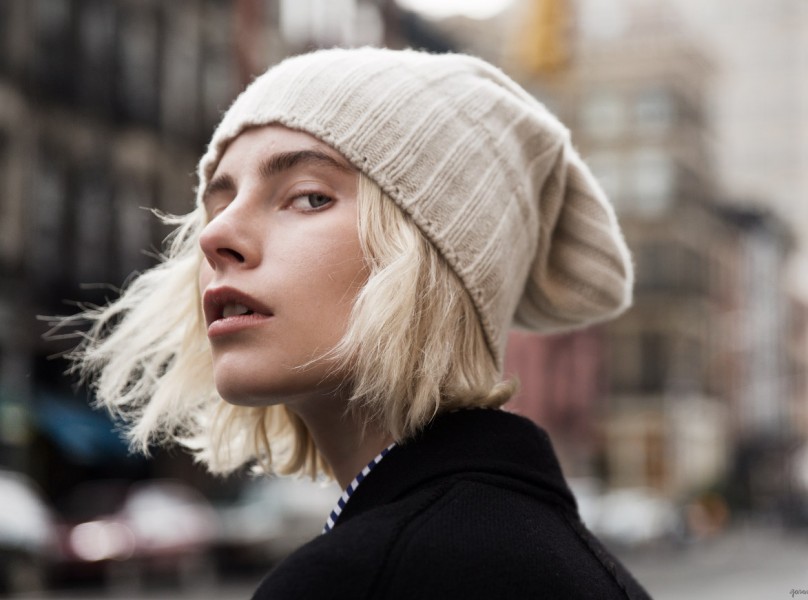
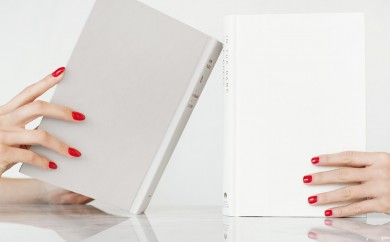
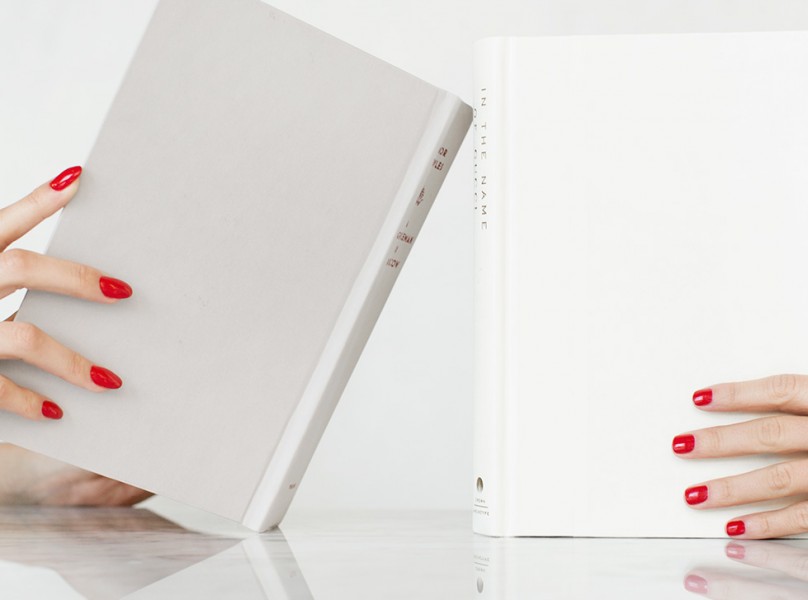
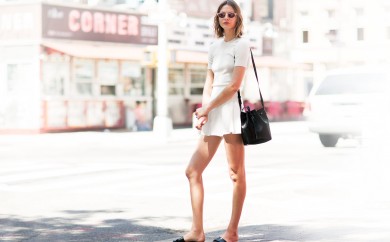
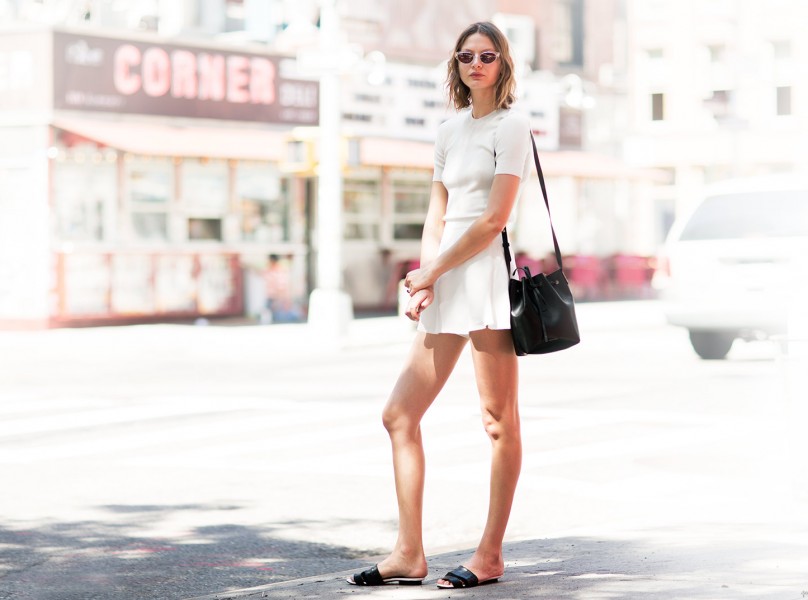
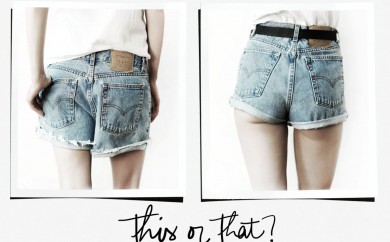
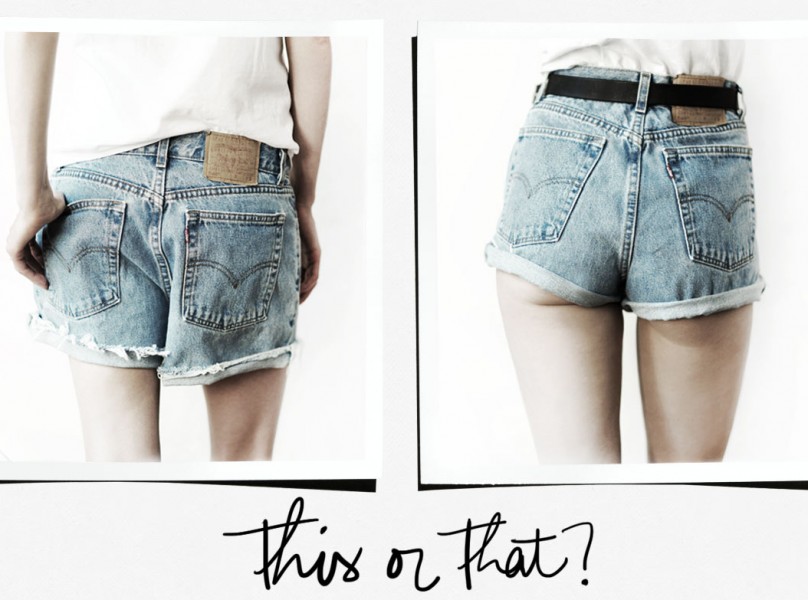
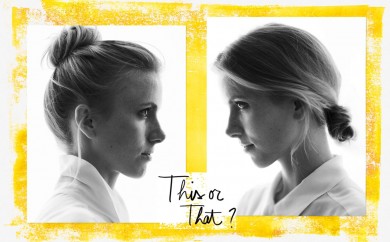
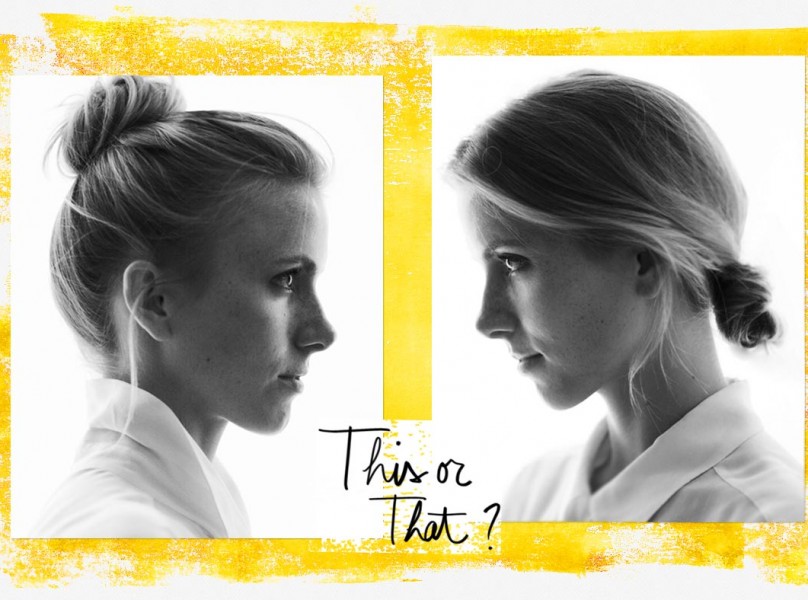

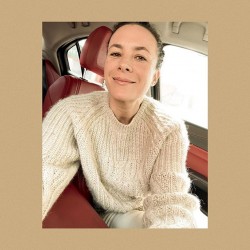

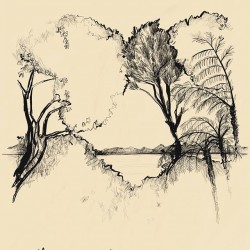
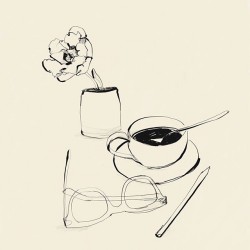
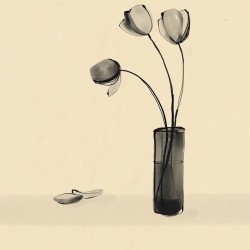
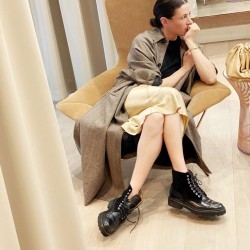
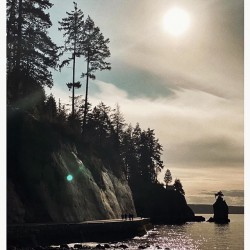
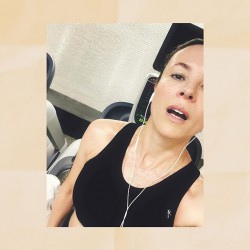
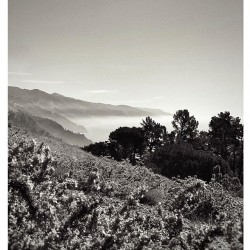
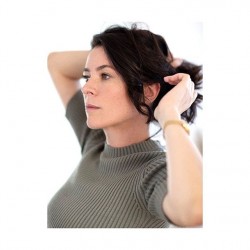
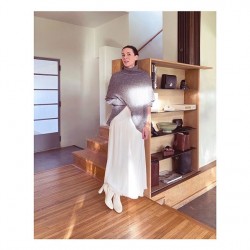
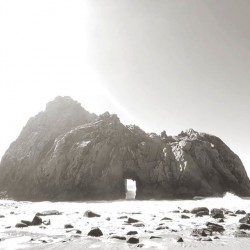

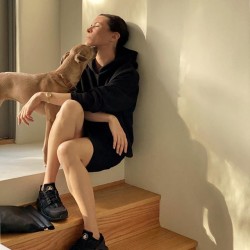
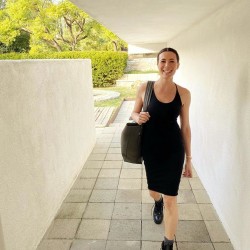
Damn, I’m tired of just reading all the things she did…..what a fantastic life…..kudos
yes, it was a bit long. but interesting too :)
http://littleaesthete.com/
Great story. So inspirational…she has a special energy, love her! …”just go out and talk to people”… so simple yet so powerful advice.
XO M.
The art of making his/her own life depends on so many things …different background..origin ..encounter.. decission at every stage of life ..but one thing is sure if you have a creative spirit and perseverant,you will find your path which is unique to you and to the multiple decision that you took….so just be open mind and don’t be afraid to take decision something amazing will happen!!!and this will be only for you ,each one of us has a different path..
with love
Yael Guetta
http://www.ftwwl.com
Cette interview est juste super intéressante!
Ca fait du bien de se dire que tout est possible, que ce n’est pas parce qu’on a fait telles ou telles études qu’on ne peut pas changer de métier et se ré-orienter! Avec de la motivation, on peut tout réussir! Et ça fait plaisir de le lire! :)
Bon week-end,
Julie, Petite and So What?
Fantastique interview Emily ! Fais en plus souvent ! Quelle humanité chez Cathy ! “Faites quelque chose même si vous vous trompez, ne baissez pas les bras ” belle conclusion ! Merci
Thank you Sunny Side! x
“Everyone works so hard but at the same time it’s like oh it’s a disaster, we have so much to do, but first we take lunch.” That’s wisdom, right there.
This was something he told me: ‘the next job you take, I want you to choose it. I think it’s time you actually choose what you do next. Just go out and talk, just practice for me, will you please?
that is an amazing mentor!! and also, I’m a wee bit jealous of the vast creative endeavors she’s accomplished. I like doing 100 things as well so I relate and understand it completely – and now I want to work for you.
So incredibly accomplished and humble to boot. Love this post and her work at Warby is world class. Crushing it.
Lovely article and so representative of Cathy’s magic. Thank you Emily for such a great interview!
Summer
This interview was so insightful and truly representative of Cathy’s magic! Thank you, Emily for such a great article!
Best,
Summer
Bonjour Emily, merci l’interview est géniale et elle tombe à pique car je dois faire des choix pros, ça m’a beaucoup aidé, merci encore à toi et à toute l’équipe, Garance a su s’entourer de gens géniaux, et merci à Cathy de partager son parcours avec nous, je n’ai qu’une chose à lui dire : Respect <3
C’est vrai que ce parcours est très intéressant, mais il ne faut pas oublier que c’est aux USA, les opportunités et les salaires sont tellement inférieurs ici…Bonne chance
Great post!
http://www.evdaily.blogspot.com
I loved hearing Cathy’s story! So much going on in her life, and so much great advice- from her and from people she looks up to.
The last quote really stuck with me though, “Finish it wrong, please”. I have to remind myself that sometimes too!
Thanks for a great interview Emily! :)
Great interview! I loved how candid it was, none of this celebrity everything is perfect and I’m so grateful b.s. SO fascinating and inspiring to hear about all the twists and turns.
Hyper inspirant ! Hyper positif ! Superbe article/interview ! :)
Love the Careers interviews you guys do. Super inspiring and encouraging to see the twists and turns people’s careers take. Reminder that it’s never linear nor is it ever ‘this is it’.
Très bel article rempli de vie! merci !
I loved this interview – full of good advice!
J’ai pris mon temps pour lire cette interview, j’ai fait durer le plaisir sur plusieurs jours afin de ne pas en perdre un miette…merci pour ce très, très beau partage !